The Irish Struggle for Home Rule by Dr Graham Mayhew
- Home
- World War I Articles
- The Irish Struggle for Home Rule by Dr Graham Mayhew
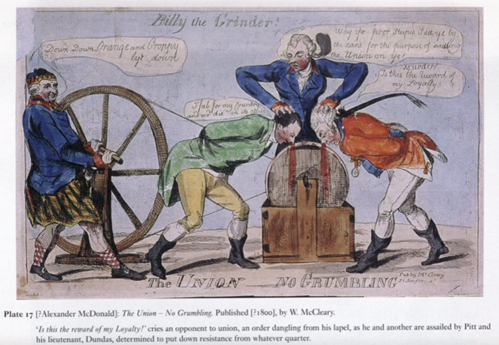
The Irish struggle for home rule and subsequently independence can be traced back to the Act of Union of 1800 when the Irish Parliament, from which Catholics were barred, voted to dissolve itself. Daniel O’Connell’s successful campaign for Catholic Emancipation, passed by Act of Parliament in 1829 and the support he received for his public agitation for repeal of the Act of Union, culminating in his arrest and imprisonment for conspiracy in 1843 (a verdict swiftly quashed by the House of Lords), marked the beginnings of a monumental struggle. Two home Rule Bills were passed by Gladstone’s governments in the 1880s and 1890s only to be thrown out by the House of Lords.
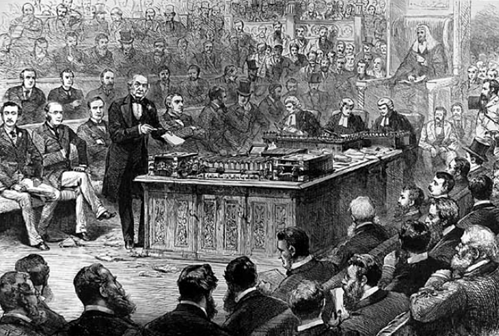
However, in 1912 the Liberal Government, dependent for its survival on the votes of Irish representatives, introduced a third Home Rule Bill providing limited self-government to Ireland. Its introduction led to immediate opposition to Home Rule in Ulster and the signing of the Ulster Solemn League and Covenant by almost half a million people by September 1912. This was followed by the establishment of the Ulster Volunteer Force, a Protestant militia of over 100,000 by the end of 1912 and a rival Irish Volunteers to defend Home Rule.
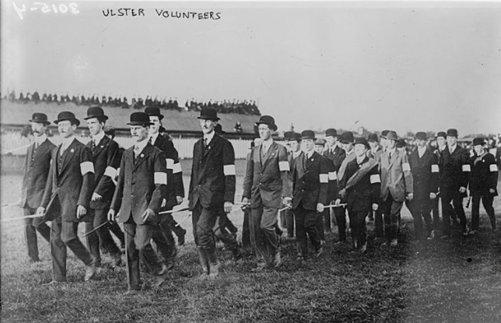
As both sides armed themselves for the conflict to come, the Irish Home Rule Bill was eventually passed as the Government of Ireland Act in September 1914, following an undertaking that Ulster would be excluded indefinitely from its provisions. At the same time a Suspensory Act received the royal assent, immediately suspending the new act for the duration of the Great War, which had broken out on 4th August.
By the spring of 1916 frustrations at the lack of progress towards Home Rule amongst the more radical wing of Irish Volunteers led to the Easter Uprising in Dublin. Its brutal aftermath turned moderate nationalists against the British Army and in the December 1918 General Election of 105 Irish seats, 73 were won by Sinn Fein and 26 by Unionists. The old Irish Parliamentary Party lost 67 seats and was reduced to just 6 MPs. Sinn Fein MPs refused to take their seats at Westminster and instead established themselves as an Irish Assembly (Dail) in Dublin. In January 1919 at a convention in Dublin coinciding with the Sinn Fein conference, the Irish Volunteers were reorganised as the Irish Republican Army with Eamon de Valera, the president of Sinn Fein, at its head. From now on the goal was a total break from Britain and the establishment of a republic. On 21st January 1919 Sinn Fein members of the Dail declared Irish Independence.
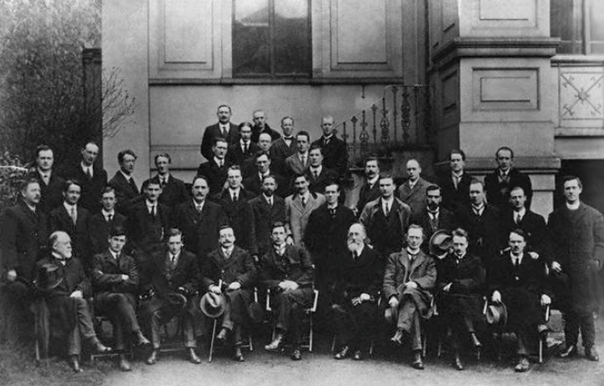
Almost immediately guerrilla warfare broke out, intensifying after the British Government declared the Dail and Sinn Fein illegal in September 1919 until, after considerable loss of life on both sides, the Government of Ireland Act was passed in May 1921, partitioning Ireland and establishing a separate Parliament of Northern Ireland, which met for the first time in June 1921. Following partition a truce was arranged on 11th July between the British Government and Sinn Fein representatives and, following lengthy negotiations, the Anglo-Irish Treaty was signed in London on 21st December 1921, provoking civil war between Irish Republicans who supported or opposed partition. A year later Britain officially recognised the Republic of Ireland.
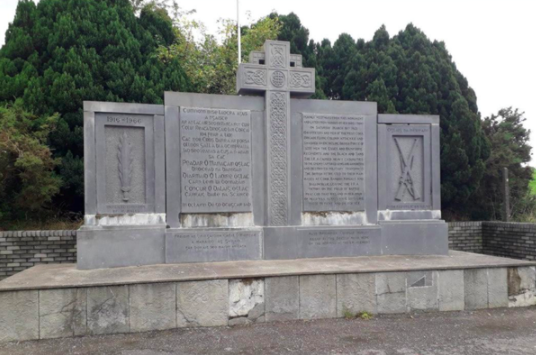
Altogether some 261 British servicemen lost their lives during the Irish War of Independence, together with 410 officers of the Royal Irish Constabulary and 43 Ulster Constabulary men, as well as at least 500 IRA members and 750 civilians.
Additional Sources: John J Burn’s Library Blog





